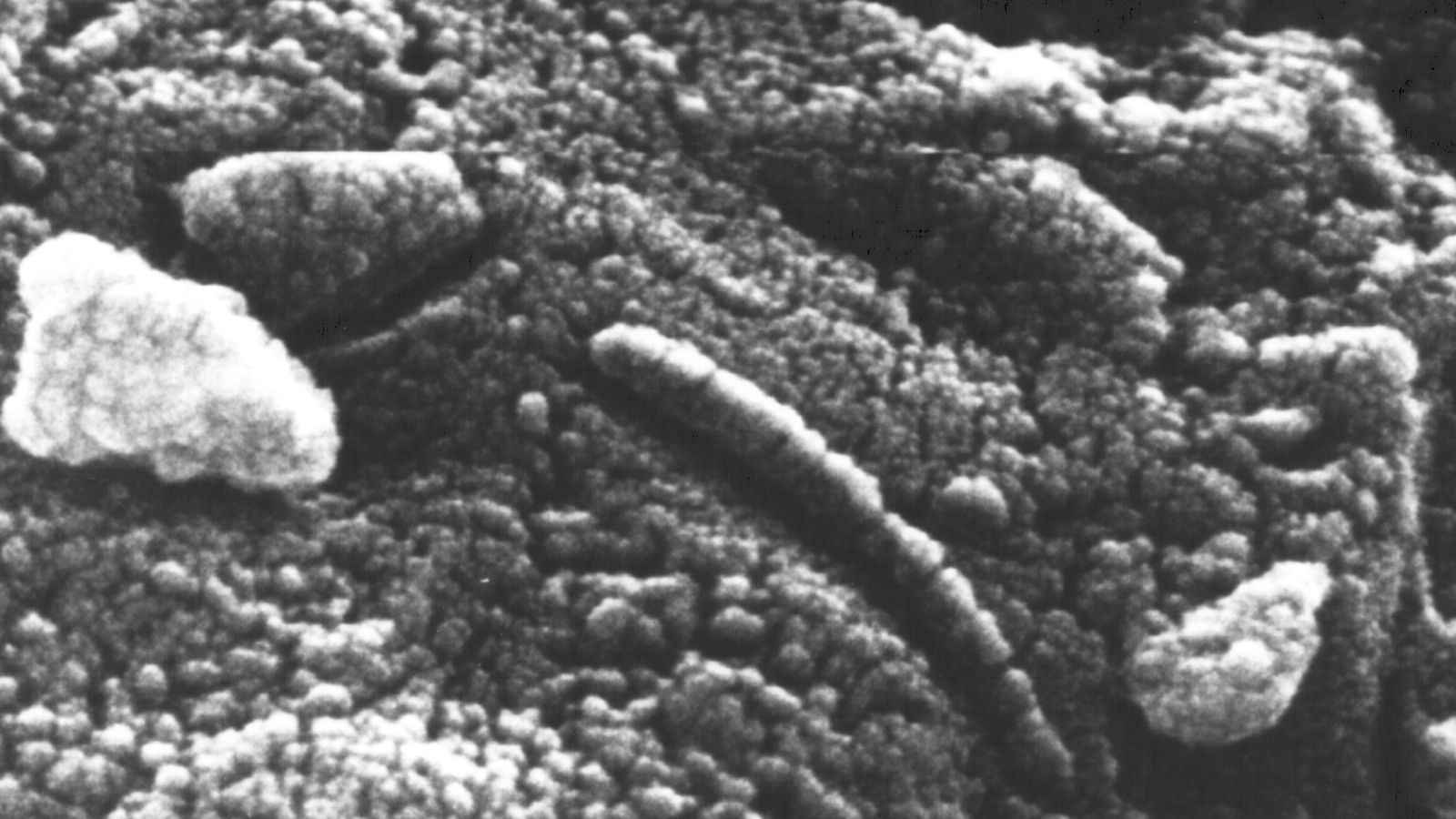👽 Could this exoplanet harbor life? Scientists are debating
Follow us on Google News (click on ☆)
The case of exoplanet K2-18 b is exceptional. Researchers using data from the James Webb Space Telescope (JWST) announced the detection of several gases in its atmosphere: methane, carbon dioxide, and most intriguingly, two compounds – dimethyl sulfide (DMS) and dimethyl disulfide (DMDS). To date, on Earth, these molecules are exclusively produced by living organisms.

If their presence in significant quantities is confirmed, it could indicate the existence of at least microbial life. Scientists estimate a 99.4% probability that this detection is not due to chance. With additional observations, this figure could reach the benchmark threshold in science, known as "five sigma," meaning a one-in-a-million chance that the results are due to random fluctuations.
However, caution is advised. With every announcement of a possible biosignature detected in an exoplanet's atmosphere, public attention reignites. Yet specialists insist: only a rigorous accumulation of data can support such a claim. This verification requirement doesn't just apply to astrobiology. It is the very foundation of the scientific method, as the history of science has often shown.
Famous examples like plate tectonics or the first laws of gravitation took decades to be accepted. The signals detected today on certain exoplanets – such as methane or dimethyl sulfide, sometimes associated with biological processes – follow the same path of analysis, validation, and sometimes, questioning.
The data comes from cutting-edge instruments like the James Webb Space Telescope, capable of analyzing planetary atmospheres through transit spectroscopy. But these analyses, though precise, rely on models. Uncertainties about exact atmospheric conditions make any interpretation still fragile.

The ALH84001 meteorite, discovered in Antarctica in 1984, sparked debates about the possibility of Martian life.
Credit: NASA
The study of Earth's climate change offers a useful parallel: the distinction between detection and attribution. On Earth, the anthropogenic origin of global warming is firmly established by converging data. In the case of exoplanets, detections are still too isolated, and signal interpretation remains subject to debate.
How do scientists detect signs of life on exoplanets?
The primary tool is spectroscopy, which involves analyzing starlight as it passes through an exoplanet's atmosphere. Certain wavelengths are absorbed by specific molecules, allowing their presence to be identified remotely.
Gases like ozone, methane, or certain sulfur compounds are considered potential biosignatures. But their presence can also result from abiotic processes. This is why cross-confirmation by multiple instruments or methods is essential.
For now, this spectroscopy remains an indirect method. No technical means yet exist to send a probe to an exoplanet dozens or hundreds of light-years away to directly analyze its atmosphere or surface.
Why is caution necessary in the search for extraterrestrial life?
The impact of announcing extraterrestrial life would be immense. The scientific community therefore cannot afford any approximation. Several past cases, like the disputed detection of phosphine on Venus or the analysis of the ALH84001 meteorite, have shown how quickly hasty interpretations can collapse under deeper scrutiny.
Exoplanets are by definition distant, and available data is limited. The risk of misinterpretation is all the greater since the very notion of "life" could encompass forms very different from what we know on Earth.
The search continues, driven by increasingly powerful instruments and a collective commitment to rigor. In this field, caution is not synonymous with skepticism, but with seriousness.